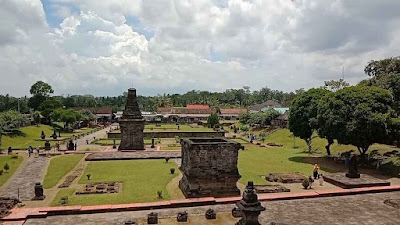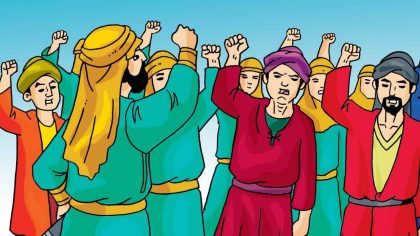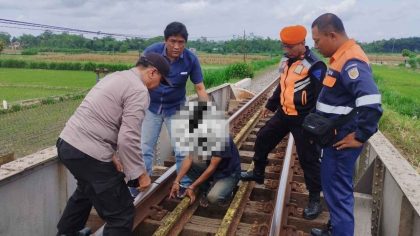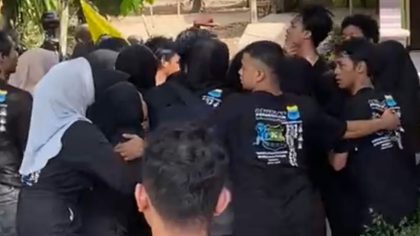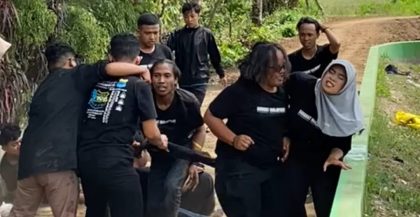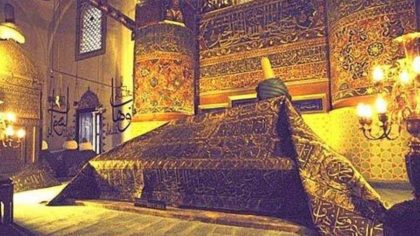Blitar – Penataran Village, located in Nglegok District, Blitar Regency, East Java, has a long history inseparable from the Penataran Temple Site.
Located on the southwest slope of Mount Kelud, this village has become a rapidly developing area thanks to the presence of cultural heritage from the Majapahit Kingdom era. Penataran Temple, also known as Palah Temple, is an important symbol that also gives the village its name.
According to folklore, Penataran Temple once served as a training ground for royal officials. This is the origin of the name “Penataran,” which refers to the process of “menatar,” or training. Over time, this village has grown into one of the historical and cultural centers of Blitar.
During its governance, Penataran Village has gone through various eras with distinctive dynamics. During the Old Order era, village governance was still simple, both in terms of programs and human resources. Village officials, the term for village officials at that time, generally had a primary school education (SR).
The first recorded village head was Kasan Ngusman (1899-1915), followed by Muksim (1916-1917), Karto Widjoyo (1918-1920), and Irontono (1921-1943). Pawiro Sentono then led for over three decades (1944-1977).
During the New Order era, Penataran Village was led by Mislan (1978-1991), Sony Sudarminto (1992-1998), and Lauji, S.E. (1999-2013). Now, under the leadership of Kateno, S.E., who served from 2014 to 2025, Penataran Village continues to develop as a village rich in historical and cultural tourism potential.
The unique history of Penataran Village makes it one of the most attractive destinations in Blitar, especially for history and culture enthusiasts. With the legacy of Penataran Temple, this village continues to preserve its identity as a witness to past civilizations.


